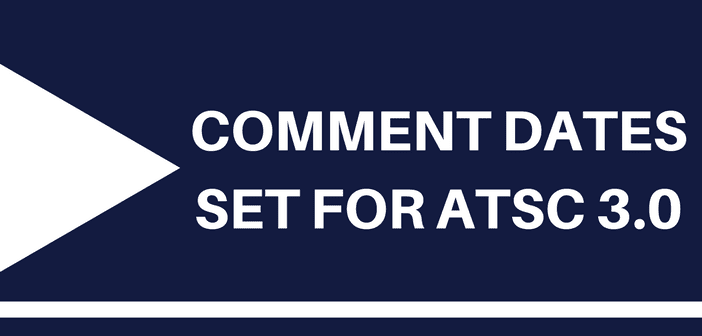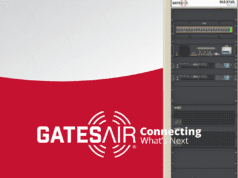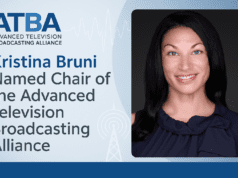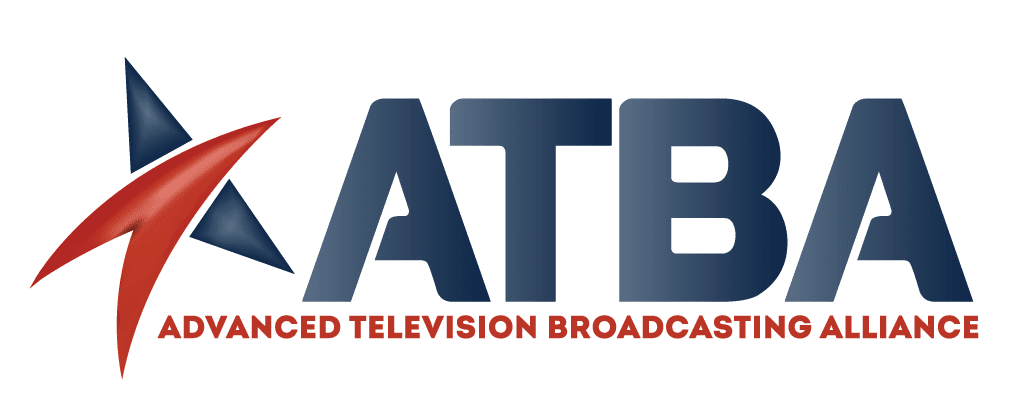When the FCC adopted its Report and Order authorizing the “next generation TV” standard ATSC 3.0, it did not resolve all issues, instead leaving a few for further public comment. Notice of the issues raised in the Further Notice of Proposed Rulemaking was published in the Federal Register just before Christmas, setting February 20 as the deadline for initial comments on the outstanding issues, and March 20 as the deadline for reply comments. What issues are left to be resolved?
In allowing the voluntary transition to ATSC 3.0, the FCC required that stations choosing to transition to the new standard must enter into agreements with another station in their market to remain in the current ATSC 1.0 transmission standard and host a “lighthouse” signal rebroadcasting the primary video signal of the converting station on one of the multicast streams of the host station. The FCC recognized that not all stations would be able to find a partner with a signal covering the converting station’s city of license that could host the lighthouse signal in the old standard, and agreed to consider waivers of that requirement. The Further Notice raises questions as to whether the FCC should issue further guidance on the standards that it will apply to such waiver requests.
Some of the questions asked include the following:
-Should the FCC provide more specific guidance on waiver standards?
-If so, should they determine that there is no viable partner only when there is no other station with a signal that covers the converting station’s city of license, or should there be some other standard?
-Does the refusal of a potential host to act as the lighthouse station justify a waiver?
-Should stations that do not cover a converting station’s city of license be potential hosts if there are no other options? If so, should some level of signal be required?
-What other factors could be used to justify a waiver? Would providing free ATSC 3.0 converters be enough to justify the waiver? What else could be done to provide continuous service to residents who have not purchased equipment capable of picking up stations broadcasting in the new service?
-Should noncommercial stations, or Class A stations, be exempt from the simulcast requirements? Would allowing them to transition directly to the new standard encourage them to operate for a time as lighthouse stations in the old standard?
-The Commission also asks whether stations that cannot find a partner to host their lighthouse signals should be able to use vacant TV channels in their markets to provide that lighthouse signal. If so, how vacant does the channel need to be? Can full-power stations use a channel that would pre-empt the operations of an LPTV or TV translator station? When should such channels be made available – now or after the repacking is complete and all LPTVs and translators have had the opportunity to find new channels? What impact would this have on white spaces operations? What kind of transition issues would this proposal raise?
Finally, the Further Notice asks if stations should maintain their current “significantly viewed” status even if their lighthouse signal does not cover the same area as their full-power signal that has converted to ATSC 3.0. The Commission suggests that significant viewing be frozen for the period until stations have converted to the new standard, so as to not disrupt viewers of broadcast TV stations. But it asks for comments on the impact that this tentative conclusion would have on MVPD operators.
These are obviously important issues for many TV broadcasters, who should consider comments by the dates that the Commission has now set. While the Further Notice has been published in the Federal Register, the FCC’s Order approving the use of ATSC 3.0 has not yet been published, so the effective date of those rules has not yet been set. Stay tuned for further details.














